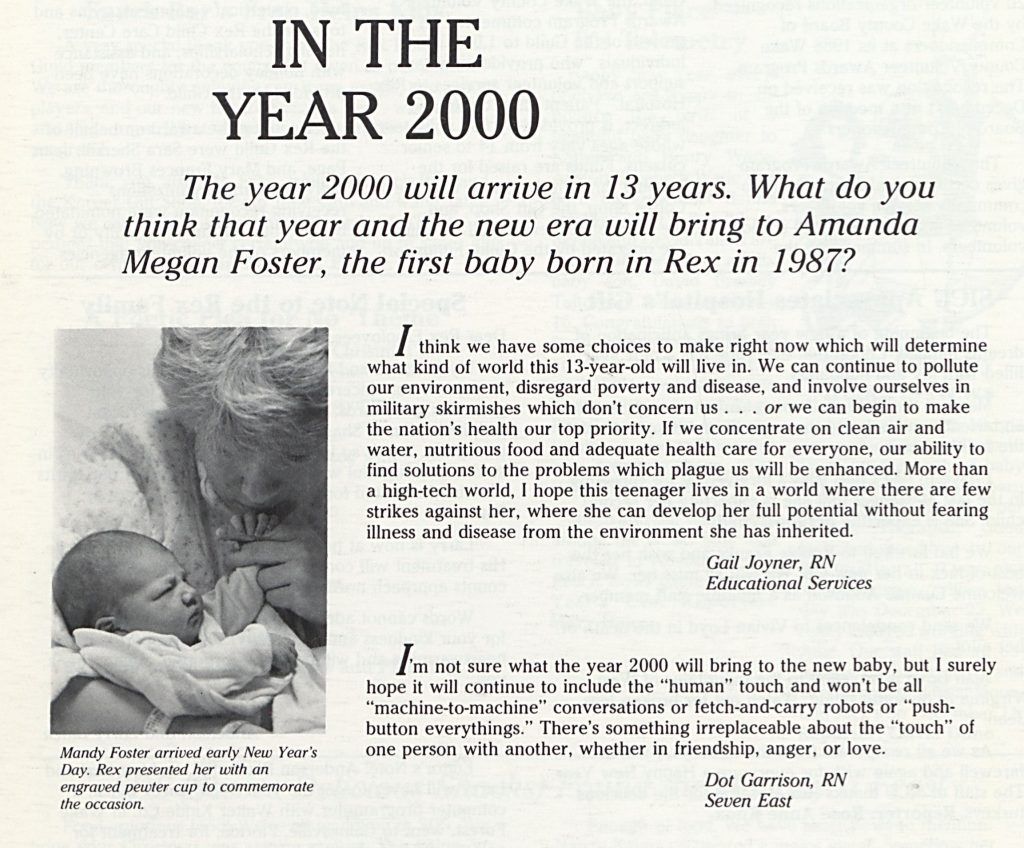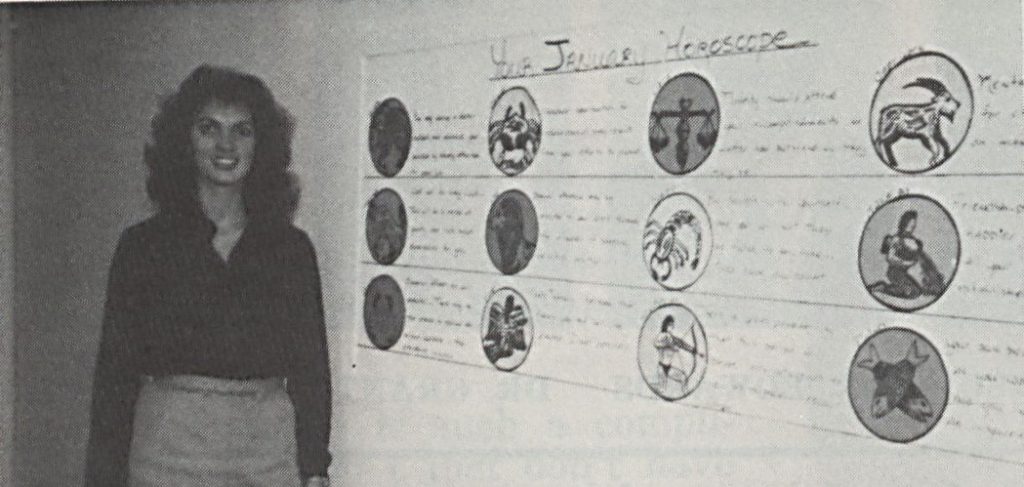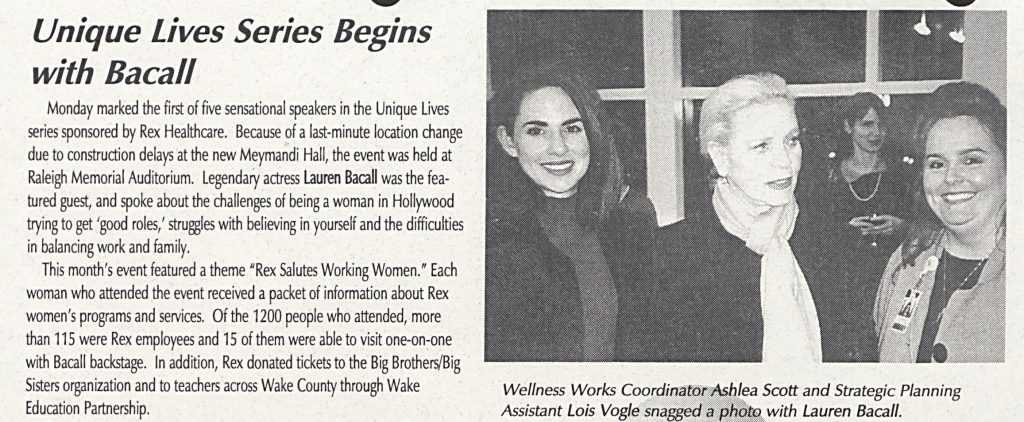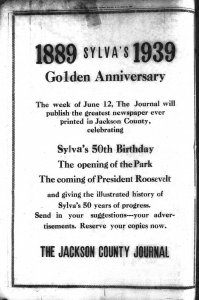
Announcement in the Jackson County Journal from May 25, 1939. President Franklin Delano Roosevelt was scheduled to visit Sylva for the town’s 50th anniversary celebrations.
We’re pleased to welcome a new partner, Jackson County Public Library, from Sylva, N.C.! Thanks to the library, DigitalNC has recently made available issues of two area newspapers: the Jackson County Journal (Sylva, N.C.) and The Sylva Herald and Ruralite.
Here you can find issues of the Jackson County Journal ranging from 1923-1942. The final few years in this selection are dominated by World War II-related items, such as local men enlisting as soldiers, or Sylva groups’ contributions to the war effort. Town obituaries and events also make up the mix. (For example, the front page of the Journal for November 19, 1942, includes the headlines “42 Men Left for U.S. Army First of Week” and “Mrs. Morris Passed Away Last Friday.”)
The Sylva Herald and Ruralite has been publishing weekly in Jackson County from 1926 to the present. The 385 issues of this newspaper on DigitalNC span 1943-1950, beginning with the August 4, 1943 issue, which announces the launch of a new newspaper for Jackson County and explains: “the Herald Publishing Company … has purchased the 17-year-old Ruralite and combined it with The Sylva Herald. … The publishers plan to make it as newsy, and as modern as possible.” War news continues to predominate the early issues, along with announcements about local Sylva church and society news.
Learn more about our contributor, the Jackson County Public Library, at their website or their contributor page. You can also find current information about The Sylva Herald and Ruralite at their website. Browse the North Carolina Newspapers Collection to see more newspapers from communities around the state.
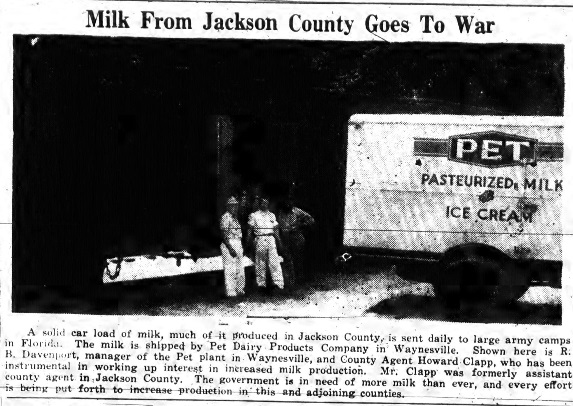
From the Sylva Herald and Ruralite, August 4, 1943.
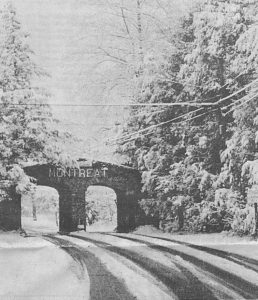
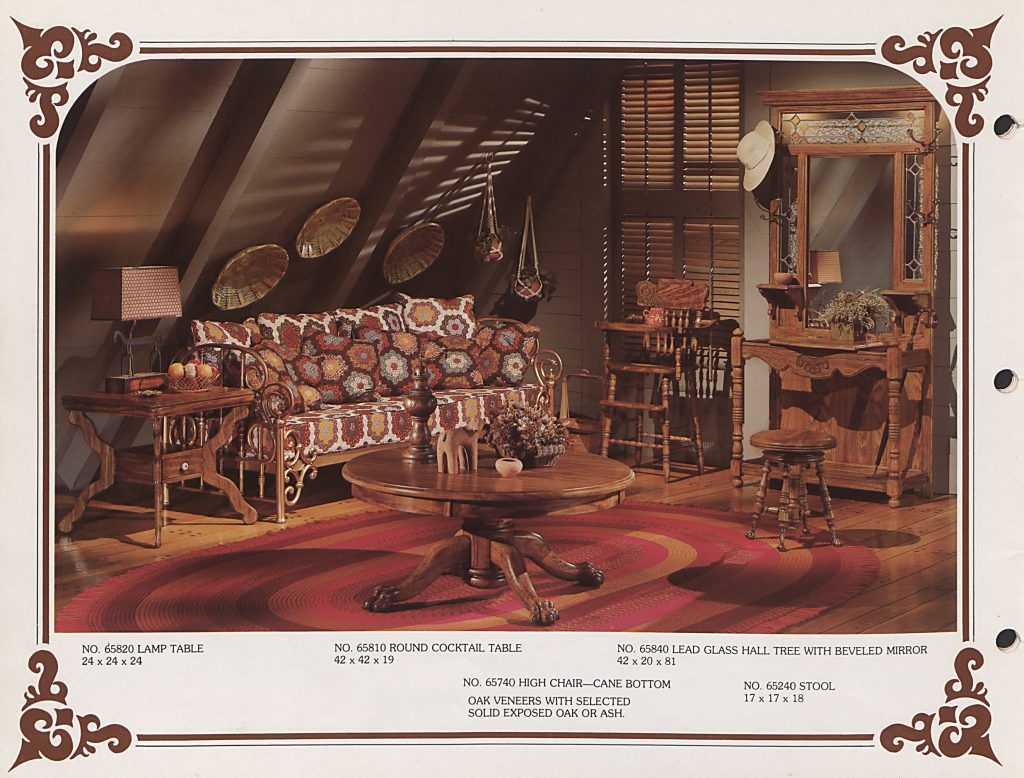
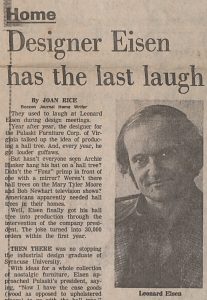
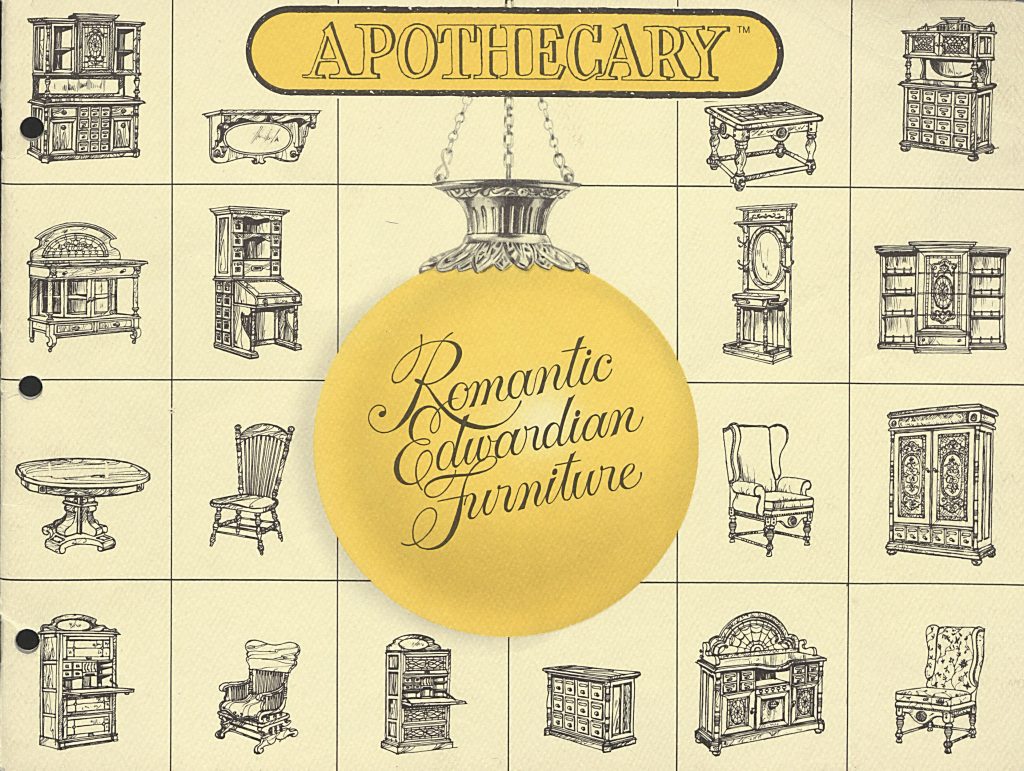
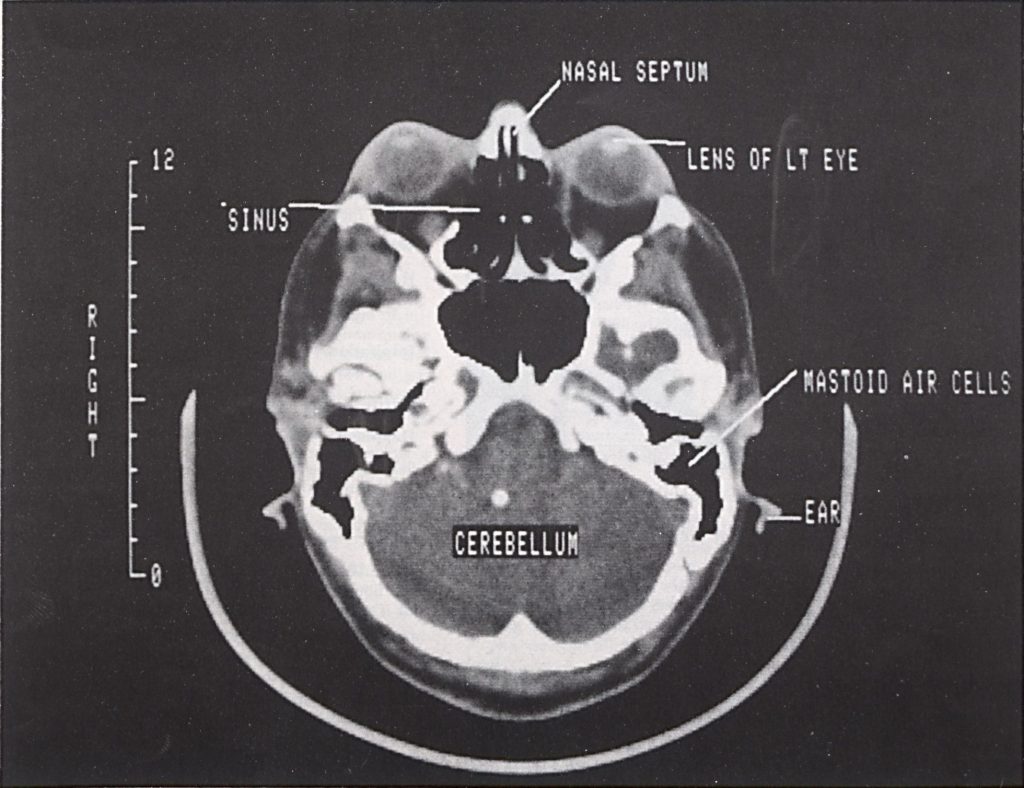


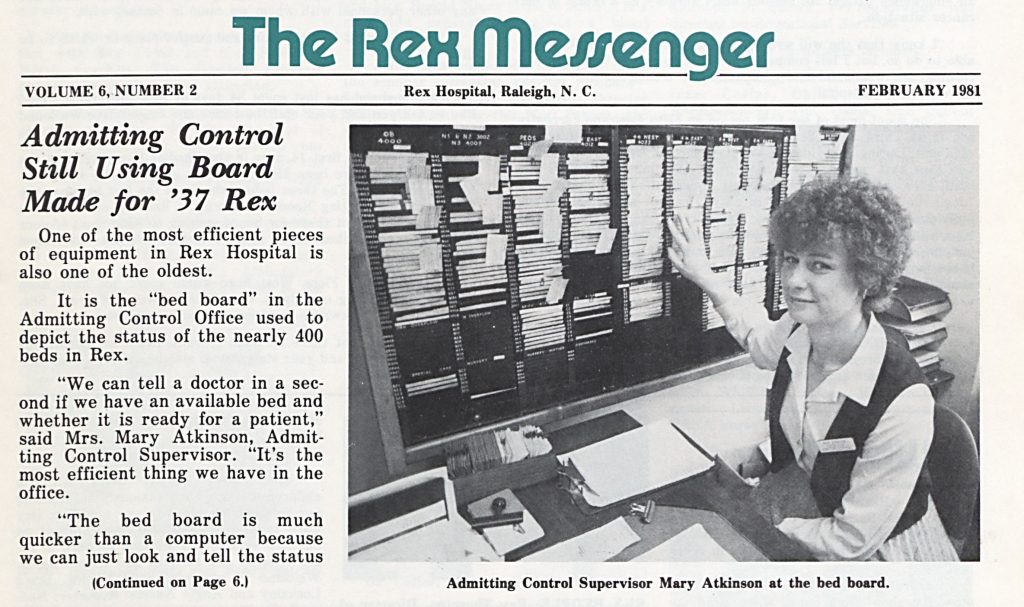 Three of the newsletters — the
Three of the newsletters — the 